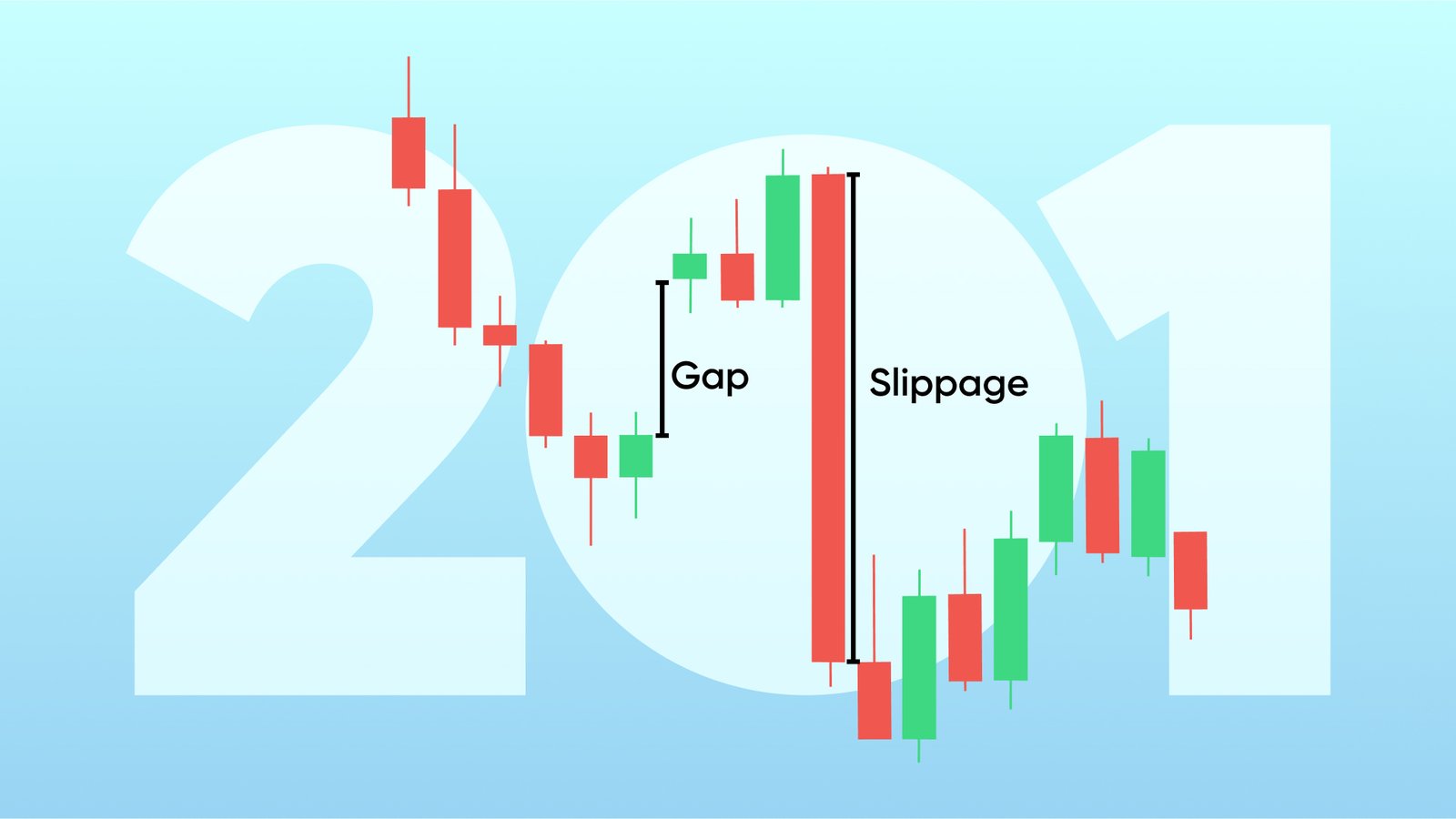Indicators are tools — not oracles. Too many traders treat indicator signals as automatic buy/sell orders and end up losing money. Below, we explain the common mistakes and share a simple, repeatable approach so indicators help your trading instead of hurting it.

⚠️ Common Mistakes with Indicators
🚫 Trading on indicator colours or crossovers alone: Indicators react to price — they do not predict price. Acting on a single color change without context is risky.
🚫 Using too many indicators: Overloading the chart creates noise and conflicting signals.
🚫 Reading indicators before the candle closes: Indicators update in real time. Always wait for the candle to close before reading or confirming signals — this prevents false entries.
🚫 Relying on just one indicator: Never use only one indicator for analysis. No single tool captures all market conditions — indicators are meant to complement each other.
🚫 Ignoring fundamentals: Indicators show technical data, but markets move on news and sentiment. Add fundamental analysis to your strategy for better decision-making.
✅ The RightWay Approach — What to Do Instead
💡 Key Idea:
Use indicators to confirm your trade plan — never to create it in isolation.
1️⃣ Start with price structure Identify trend on your main timeframe.
2️⃣ Wait for the candle to close Never analyze indicators on an open candle — readings can change before the candle closes.
3️⃣ Use 1–3 complementary indicators Example combo:
Trend → EMA (14)
Momentum → CCI (11)
Volatility → ATR (22)
These work together, not separately.
4️⃣ Follow higher-timeframe trend Always align trades with the bigger picture.
5️⃣ Add fundamentals Know upcoming economic events, speeches, and data releases. Avoid trading blindly into major news.
6️⃣ Plan risk too Decide your stop-loss, lot size, and risk percentage before entering. Stick to your plan.

🔄 Indicator Pairings That Work
EMA (14) + CCI (11) + ATR (22): Trend, momentum, and volatility confirmation
MA (50) + RSI (14) + Volume filter: Trend, strength, and participation
Bollinger Bands + MACD: Volatility squeeze and momentum signal (best with structure)
⚡ Example: Avoid This Common Pitfall
A trader sees the CCI turn positive on a 4-hour chart and enters a buy immediately.
But the candle hasn’t closed yet — by the time it does, the CCI flips back negative, turning the trade into a loss.
✅ The RightWay:
Wait for the candle to close, confirm trend with EMA, check ATR for stop placement, and make sure no major news is due.
🎯 Final Thoughts
Indicators are valuable when used as part of a disciplined system — not as shortcuts.
Keep your charts clean, your rules simple, and your risk well-managed.
Let indicators support your decision-making, not control it.
💎 Want to learn the complete RightWay method?

Indicator Algorithm Course
Enrol for our trading course to learn and practice how to create…
Read More
Account Management
For account management, your trading account will be linked to our client-base…
Read More-
Previous Post
How to use the MT4
-
Next Post
Types of Forex Analysis
Related Posts
Forex Trade Journaling
Forex Trade Journaling – The Best Way to Record Your Trading Activity In the world…
Trading Routine & Timeframe
A Trading Routine is a structured, regular process that traders follow to manage their activities…
Market Slippage & Gaps
Market slippage and gaps are two of the biggest risks you’ll regularly encounter when trading.…
Importance of Being Disciplined in Trading
The success of trading depends on many different factors. They include not only theoretical savvy,…





